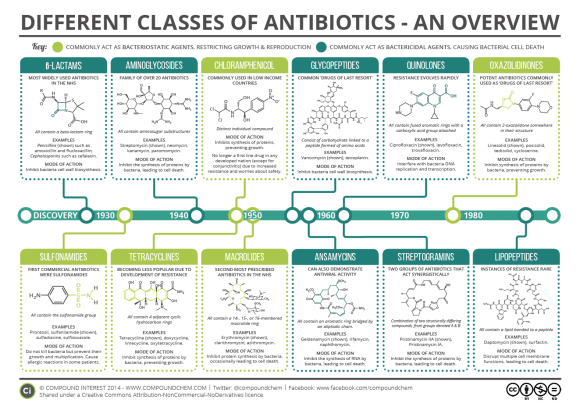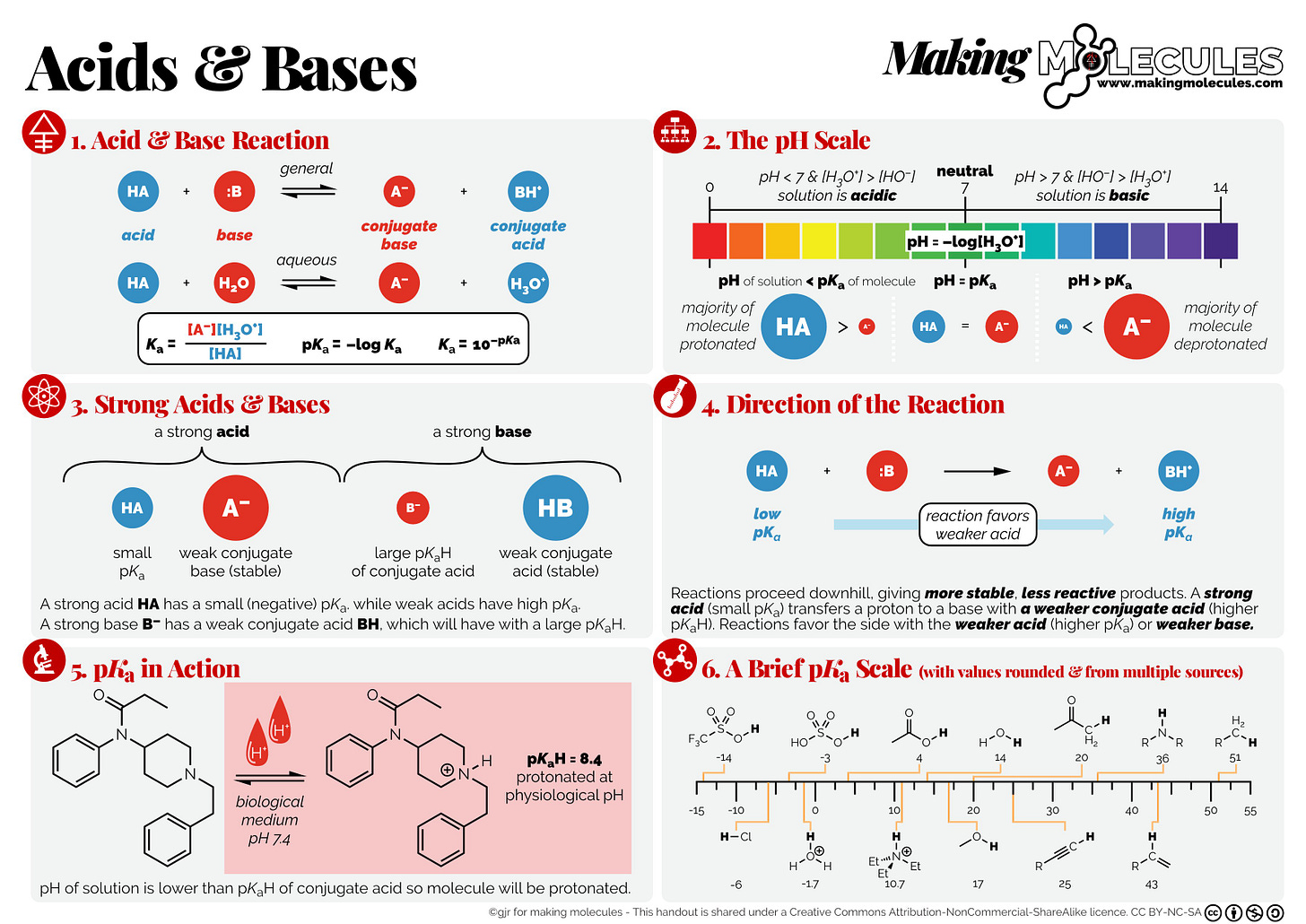Hello and welcome to Periodycal, the rebooted Compound Interest newsletter. And yes, I did misspell ‘Periodical’ so I could spell it with element symbols. Why did didymium have to go and actually be two different elements?
I did send out an update to current subscribers, but in case you missed it, I’ve migrated the newsletter over to Substack from Revue as it’s looking like the latter is likely to be for the chop come the end of the year. Everyone who was subscribed has been migrated over to this newsletter, but if you no longer want to receive these emails, just unsuscribe at the foot of this email.
This issue is a bit of a catch-up on the gap between this and the previous newsletter I sent out, which was somehow back in August. There’s a bit on the chemistry behind the upcoming men’s football World Cup, a belated shout-out for the Halloween special on skeleton chemistry, and plenty more!
With the current chaos at Twitter, as well as moving the newsletter away from the Twitter-owned Revue, I’ve also set up over on Mastodon, so give Compound Interest (and me) a follow over there if you’ve also made the move.
The chemistry behind the World Cup
The 2022 men’s football World Cup kicks off in Qatar this weekend, so here’s a quick overview of some of the chemistry relevant to the upcoming tournament. The decision to award the World Cup to Qatar continues to look like an awful one, given their record on workers’ human rights and attitudes towards the LGBTQ+ community. But hey, FIFA’s president tells us we’re not allowed to criticise Qatar because he was bullied for having red hair when he was younger… or something.
What are our bones made of?
This was this year’s Halloween special for the Periodic Graphics series in C&EN, looking at the chemical composition of our bones. It also touches on the composition of collagen (found in cartilage) and the role of bone marrow. Having covered blood, bones, fear, spiderwebs, and pumpkins over the years, I’ll confess I’m getting a little short on Halloween-inspired graphic topics — so if you’ve any suggestions for next year, let me know in the comments below!
A new book!
Amongst the many projects I’ve been busying myself with over the past year or so was material for this DK offering, The Chemistry Book. I contributed to the planning of the book’s structure as well as writing a number of the sections, alongside some fantastic co-authors. I am, of course, biased, but I think it offers a nice simple summary of some of the key ideas in chemistry, and it seems to be picking up decent reviews that back that up!
World antibiotic awareness week
It’s World Antibiotic Awareness Week, which runs from 18-24 November every year. I always like digging out this graphic, which is somehow already eight years old, which summarises some key classes of antibiotics and how they work. I also like this graphic because it simply highlights the major problem we’ve had with antibiotics for some time – that no significant new classes of antibiotics have been developed since the 1990s.
Making Molecules chemistry infographics
I came across the Making Molecules graphics on Twitter and really like their visuals for the chemistry topics they’ve covered so far. They’re aimed at a slightly more advanced chemistry audience than my graphics, probably more undergraduate level and less for a general audience. Still, if you’re a chemistry undergrad or teacher there might be some useful stuff on their Twitter feed.
Chemistry news and features
Here’s the short round-up of some interesting chemistry news and features I’ve come across in the past couple of weeks.
Explainer: why are curly arrows used in organic chemistry? — An explainer which is interesting for the historical background and also the alternatives of ‘bouncing’ and ‘site specific’ curly arrows.
What makes some people mosquito magnets? — Research suggests mosquitos prefer skin aromas with more carboxylic acids.
That’s all for this issue! If you want to make any suggestions or comments on this issue, an advantage of Substack over Revue is that it lets you write comments, so just hit the comment button below.
Thanks for reading,
Andy










Hi! I think there is a mix up in the skeleton-graphic. The compact and spongy bone sections should be switched around?